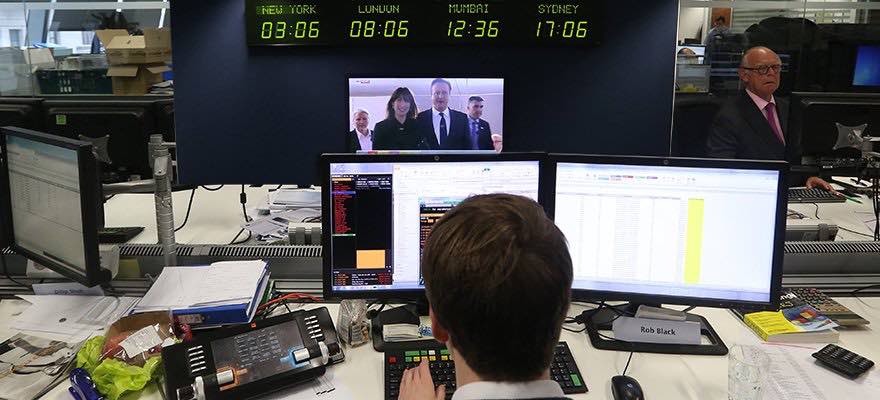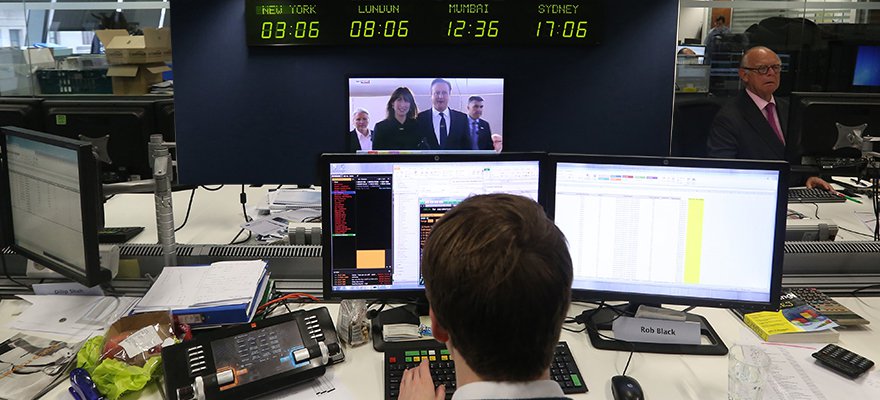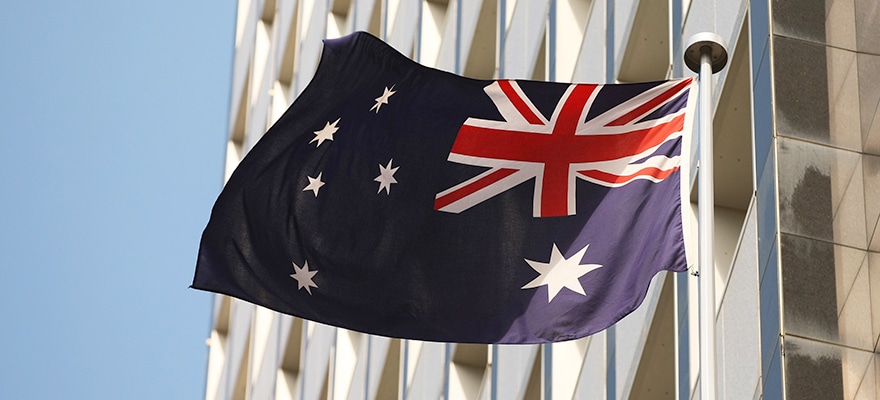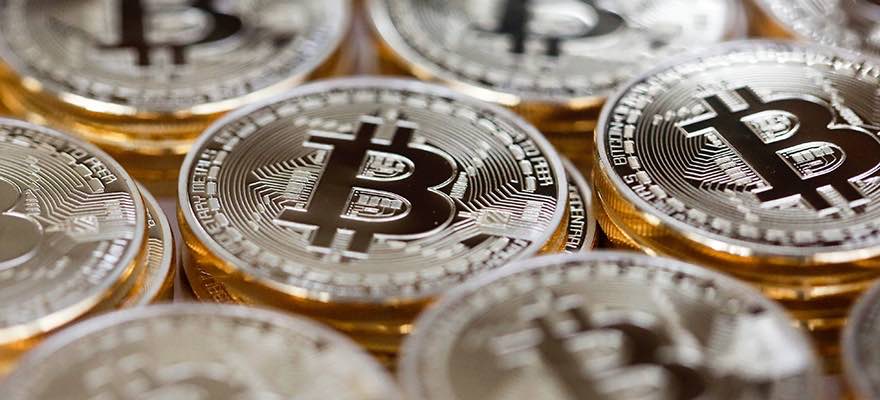This article was written by Adinah Brown from Leverate.
Everyone’s out to make a quick buck and the FX market is certainly fertile ground. A combination of high frequency, increased algorithmic trading, and the proliferation of technology in every corner of the FX industry, means there are numerous smokescreens to conceal abusive behavior of toxic traders.
[gptAdvertisement]
The London Summit 2017 is coming, get involved!
Nobody wants to be taken for a ride, and brokers are in the business of FX to make money just as much as traders are. Given that toxic FX flow often has a direct implication to the tech supporting Liquidity , many innovative forex brokerages are taking matters seriously, automating their real-time responses upon identifying threats in their traders’ flow patterns and establishing practices that discourage the behavior.
Toxic flow
Before you can identify toxic traders, you need to know what to look for. Toxic flow can take many shapes and colors. It could be defined as trading on invalid rates, taking advantage of inefficiencies in less sophisticated trading platforms, or trading at the same time in the same direction across several trading venues. In either case, this behavior is considered by brokers as predatory and unwelcome.
To what level do brokers tolerate this behavior is entirely dependent on each individual brokerage. What may fly with one broker may be stopped by another. Here are some examples of toxic forex flow that tend to challenge the weaknesses of the system, so you can be aware and identify it:
Latency arbitrage
This type of trading relies on the latency or 'slowness' of a trading platform. Toxic traders place trades and then cover those positions at a profit when the platform catches up to the market. This type of predatory trading is designed to capture price deviation and it is essentially trading on technology inefficiencies rather than trading on market trends.
Multiple order market impact
Whenever a market maker streamlines its liquidity across several price venues, it opens itself up to being hit at the same time and price, by the same trader, across different platforms. Let’s say that a liquidity provider gives top of book liquidity of EUR/USD 5 million to 5 different brokerages. The liquidity provider assumes that those brokers will stream these prices to a diverse group of traders, however, a trader who knows the price is only good for €5 million, could very well take advantage by hitting all five brokerage platforms at the same time in €5 million.
What this causes in essence is that instead of assuming a €5 million position, the trader is given a €25 million at a top of book pricing, that was only meant to be a €5 million. In this case, the trader has effectively traded at an off-market price for a trade of €25 million.
News trading
Typically following a news event, banks send as many as 100 price updates per second per currency pair, which are picked up by the trading platform, allowing the brokerage to place their trades accordingly. Toxic trading based on news events entail sending multiple, or larger-than-typical trades as soon as the market moves following a news release or an unforeseen event, not allowing brokerages enough time to cover themselves before the market moves against them. As soon as the market moves following a news release or an unforeseen event, traders send multiple, or larger-that-typical trades.
While every day new and creative ways of toxic trading appear, these are a few examples of what many brokerages face in regards to toxic flow. While liquidity providers are able to reverse trades following a case of toxic trading, they rarely do so. This is why it is important for brokerages to respond to toxic trading instances in a proactive way.
What can a brokerage do?
- Establish systems to detect predatory trading patterns in real time, so that they system immediately widens the trader’s spreads.
- Immediately contact clients if a pending credit breach is detected.
- Alter or discontinue pricing as needed, especially ahead of news releases
- Maintain a robust Risk Management strategy that is variable between different types of traders.






















